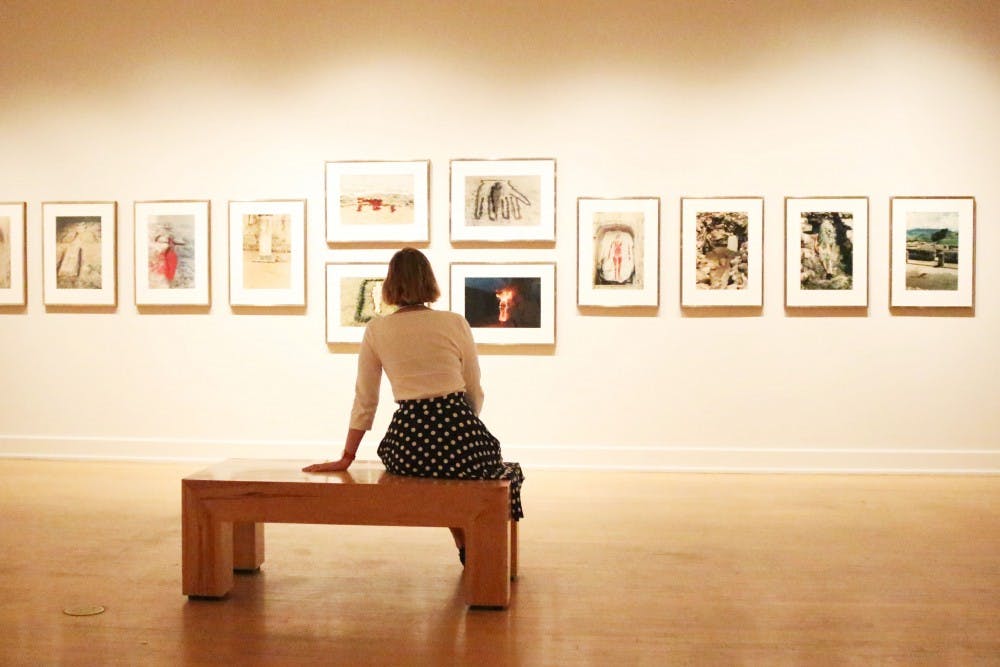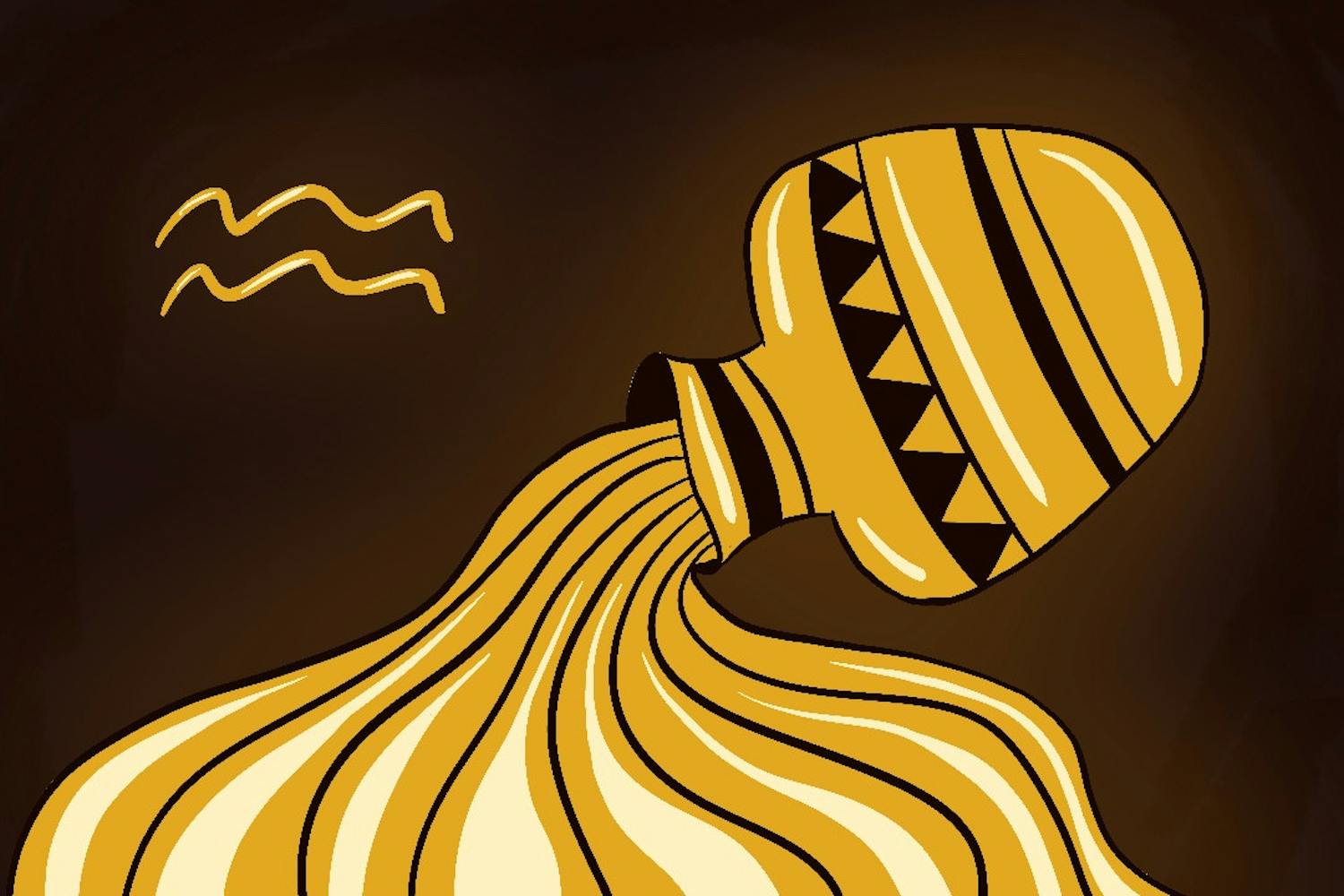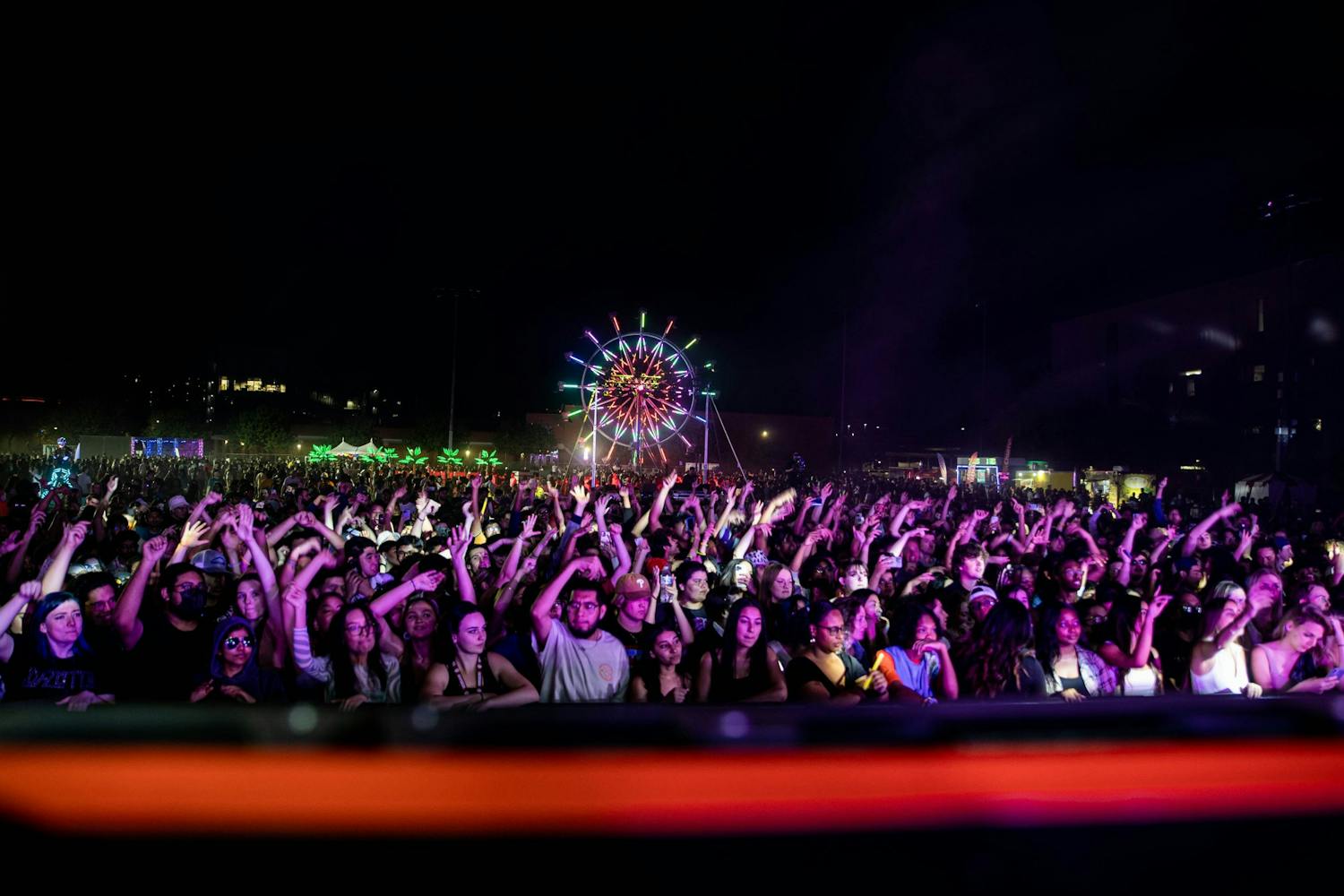The ASU Art Museum has seen its share of exhibits, projects and unique media over the last 60 years.
Installations ranging from the complexity of walking to life in another country have risen within the walls of the museum, and have been a consistent destination for both the public and students of the Tempe campus.
But its beginnings were much smaller than its current residence inside the Nelson Fine Arts Center.
In 1950, Phoenix-based lawyer Oliver B. James donated 15 works from his collection of Mexican, European and American art to what was originally known as the Matthews Library.
Initially wanting to stay anonymous, James delivered the art under the pretense that he wanted visitors, both the public and students, to be inspired by the works.
University archivist Robert Spindler said that James was encouraged to donate the works by professor Paula Closter, who was the school's art department chair at the time.
"She actually wrote President Grady Gammage in 1950, and proposed that the University begin collecting art and establish a collection and a way to display works of art at what was then Arizona State College," he said.
The two-page letter Closter wrote Gammage described why art was important to display in a university, said Spindler.
Closter met with the local national bank chairman Walter Bimson, who was friends with James. Through Bimson, Closter encouraged James to donate pieces of his collection to the school. James, in turn, wrote a letter to Gammage that explained his art surplus and said that what Closter proposed was important.
The initial gift of 15 pieces were insured for $30,000, Spindler said.
Later, in 1951, James would write to Gammage once more, suggesting that the college should have a curator of art. Gammage agreed, and assigned Closter to the role.
Over the course of five years, James would go on to donate over 150 pieces of original art from his collection with the intention to highlight the larger art movements in American history. These included portraits from the 19th century and mid-20th century modernist pieces.
In 1978, the museum was made official within the library, complete with galleries meant to link the themes of each set of pieces to one another.
The library held the pieces until April 1989, when the art was moved to its current home in the Nelson Center.
American architect Antoine Predock was selected by an architectural design committee to create the museum after winning a competition held by the school.
John Meunier, a professor of architecture and member of the committee after Predock’s win, said that all the fine arts that were scattered around the campus were set to move into the new building.
“Predock’s method of design was to gather together many ideas and concepts and images that were important to him,” Meunier said. “And those concepts and images could be drawn from either architectural culture or from the breadth of contemporary popular culture.”
With regards to the underground entrance, Meunier said that Predock had been inspired by Native American culture, in that going underground signifies returning to your origins.
In 1992, Marilyn A. Zeitlin took over as director of the museum.
Her six-year run included presenting Bill Viola’s video exhibit, “Buried Secrets,” at the Venice Biennale, a French art show based in Venice, according to the museum’s website.
Zeitlin became the commissioner of the U.S. Pavilion of the show during this time, and brought the exhibit back to Arizona, marking it the first major exhibition of its kind to be displayed in the state.
Today, the museum houses 12,000 pieces and has additional locations at the Ceramics Research Center at Brickyard and Project Space at Combine Studios.
Museum curatorial coordinator Brittany Corrales wrote in an email interview that the museum’s mission was, and still is, “to be a meeting point for the exchange of new ideas, perspectives and experiences among artists, students and the public.”
Alongside Heather Lineberry, the museum’s senior curator and associate director, Corrales developed an exhibit called “Found(ing) Story” in December 2016, which chronicled the history of the museum.
She wrote that the exhibit displayed original letters, documents and photographs that tracked the expansion of James’ collection.
“Above all, I believe the museum is a refuge, a safe space that serves as a meeting point for the exchange of ideas, perspectives and experiences,” she said.
Angelica Fox, Windgate Curatorial intern for the museum and an art history and theory major, said in an email interview that the staff have given her an opportunity to expand her knowledge of art through curating the collection.
“I have gained invaluable practical experience and firm grasp on the immense amount of work and collaboration required to organize and execute an exhibition,” she wrote.
Fox also wrote highly of the museum’s impact on the school and its inhabitants.
“I believe the museum is a meeting place on campus for students, faculty and community members to discover, experience and challenge contemporary views within the world through the eyes of artists,” she said.
Correction: Due to a reporting error, a previous version of this article stated that Brittany Corrales was the museum curatorial director. She is a curatorial coordinator. In addition, a previous version stated that the museum's additional spaces were Brickyard Museum and Combine Studios. The museum's additional locations are called Ceramics Research Center and Project Space. This article has been updated to reflect these changes.
Reach the reporter at djulienr@asu.edu or follow @legendpenguin on Twitter
Like The State Press on Facebook and follow @statepress on Twitter




